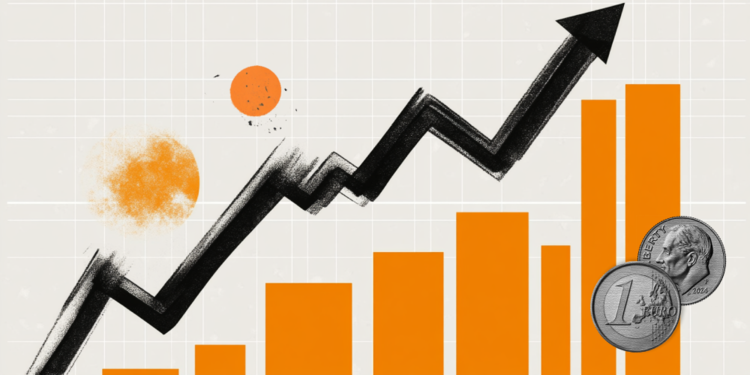Outflows from global equity funds have only now begun to reflect investor pessimism about risk assets, according to Bank of America strategists, Bloomberg reported.
“Everyone is bearish, but no one has sold,” strategists led by Michael Hartnett wrote in a note to clients, adding that for every $100 of inflows since January 2021, there has been just $2 of outflow from tech stocks and 3 dollars of shares in total.
“Flows are beginning to match bearish sentiment,” Bank of America strategists said, warning that stocks are likely to see further declines as they don’t believe “Wall Street will leave behind the economic excesses of the last 13 years with a six-month bear market”. Bearish positioning, according to Hartnett, is currently the leading driver of risk appetite and a possible market recovery, but corporate earnings and hawkish monetary policy are yet to signal a new bullish trend.
In the week to July 20, global equities saw outflows of $4.5 billion, with US stocks posting a second week of outflows of $0.7 billion, according to the note citing data from EPFR Global. About $8.2 billion left bonds, the first outflow in three weeks, while cash saw inflows of $3.5 billion, the data showed.
Stock markets tried to rally in July, with the S&P 500 poised for its biggest monthly gain since October 2021 after worries of a looming recession sent it into a bear market last month.
Still, investor sentiment remains subdued as the US Federal Reserve is expected to remain hawkish despite the possibility of an economic contraction as it battles historically high inflation.
Market participants are also debating whether stocks have seen a complete capitulation, with Bank of America’s global survey of fund managers for July showing earlier this week that investors’ allocation to stocks fell to the lowest level since October of 2008, while exposure to risk assets fell to levels not seen even during the global financial crisis.
Investors focus on the earnings season for clues about whether companies will be able to weather a flurry of risks, including rising inflation and supply constraints.
US large-cap stocks saw inflows, while small-cap, growth and value stocks saw outflows during the week. Healthcare and consumption led inflows among sectors, while raw materials and energy had the largest outflows.
Source: Capital
I am Sophia william, author of World Stock Market. I have a degree in journalism from the University of Missouri and I have worked as a reporter for several news websites. I have a passion for writing and informing people about the latest news and events happening in the world. I strive to be accurate and unbiased in my reporting, and I hope to provide readers with valuable information that they can use to make informed decisions.





